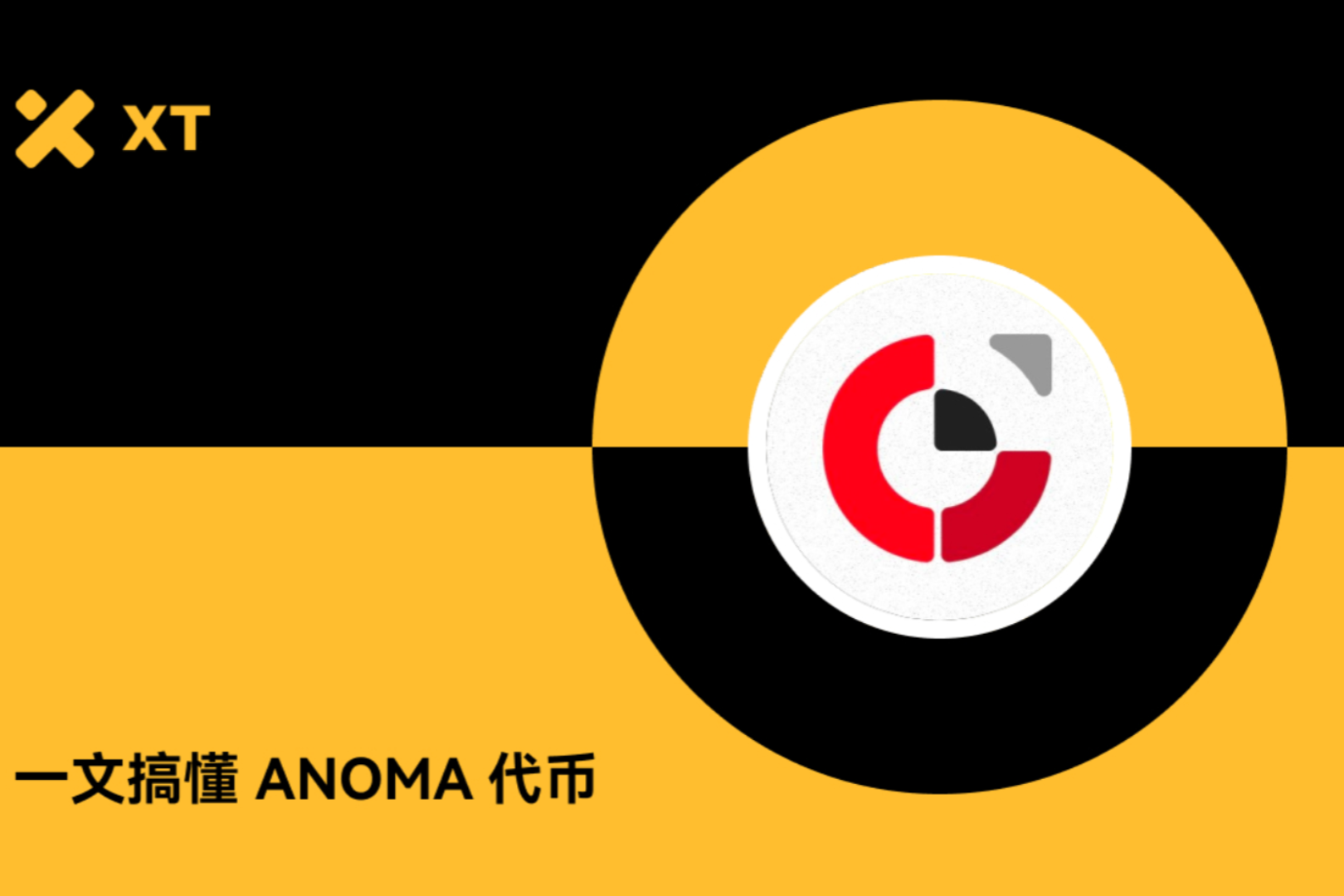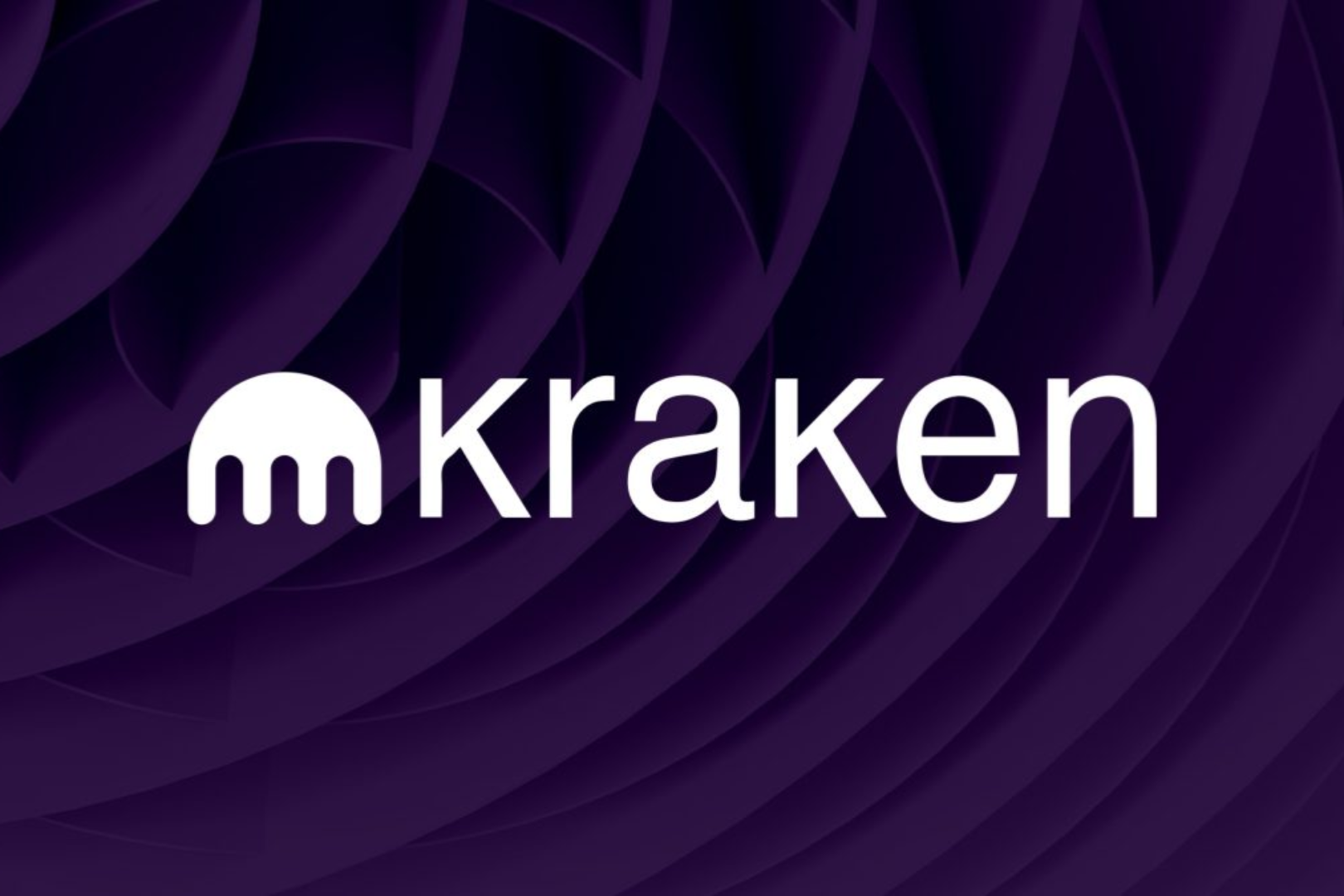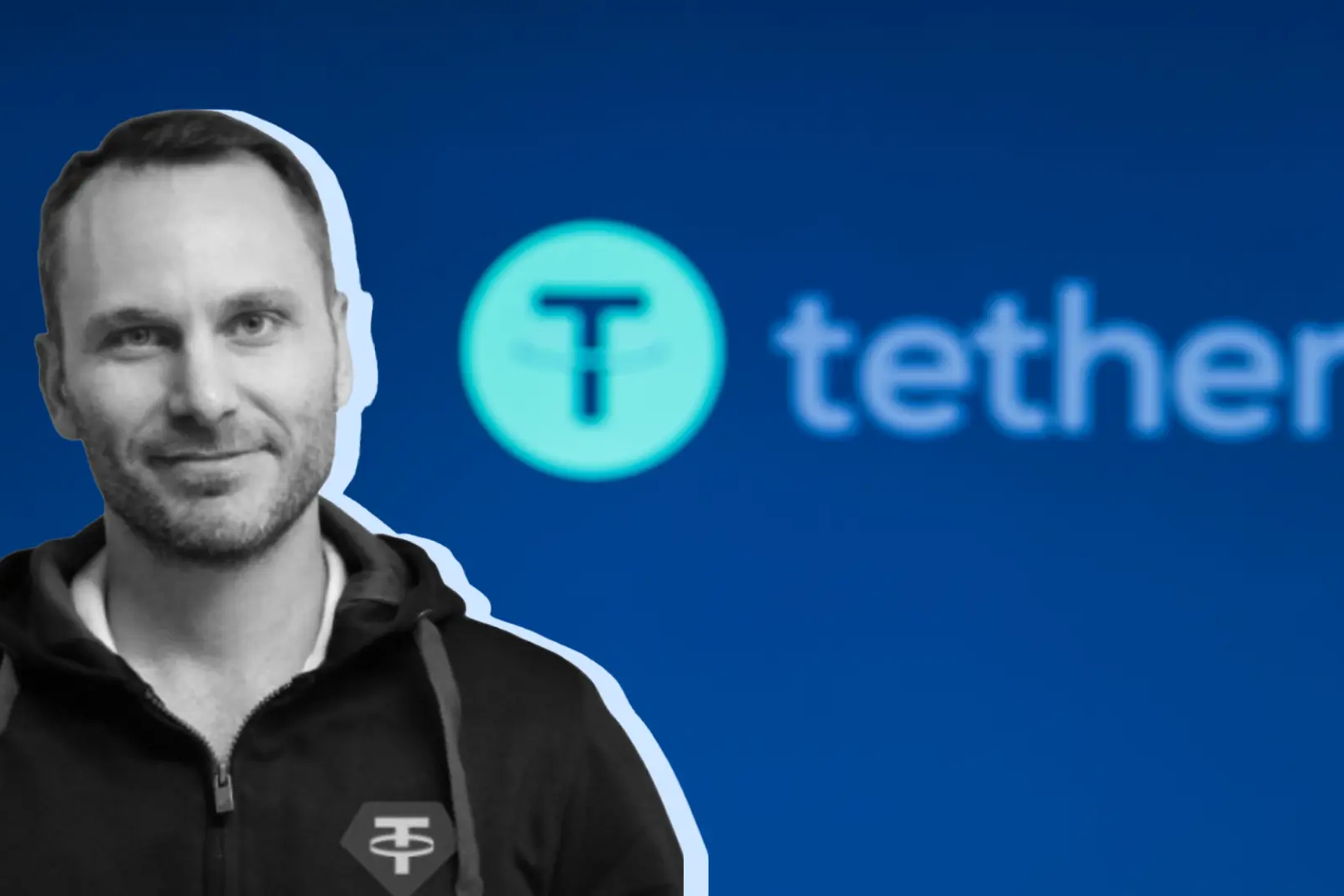
secondary title
Ethereum Classic hard fork upgrade has major problems
According to the official news of Ethereum Classic (ETC), ETC carried out the "Phoenix" hard fork upgrade at around 11:41 on June 1, Beijing time, at block height 10500,839.
This hard fork is an upgrade process after the community agrees.
There was an emergency in its hard fork upgrade, and some node operators failed to update the node operating version in time after the hard fork upgrade on June 1, resulting in huge problems in block synchronization and a hard fork.
According to the Ethereum Classic Github information, ETH/MAINNET nodes are not affected by this issue, but are affected by other issues.
As of press time, all trading platforms have not suspended the deposit and withdrawal transactions of ETC. If this emergency is not dealt with in time, a "double spend" may occur, resulting in a hard fork of Ethereum Classic.
analyze:
analyze:
ETC is a public chain hard-forked from ETH after the "The DAO Hacking" incident in 2016.
Through the Phoenix hard fork, ETC and ETH will remain completely consistent. Defi applications built on ETH can be built on ETC. Defi's current prosperity and modular expansion can increase the value and value of public chains for public chain projects. Future prospects.
No matter which one it is, it will have a certain negative effect on the upgrade process of ETC, but it should have little impact on the overall value of ETC and the chemical reaction after Phoenix upgrade in the long run.
secondary title
The development status of Ethereum 2.0 as of June 2020
The main content of the article includes the "100,000-level" validators that Ethereum has overcome at the same time, the launch of the most important "Beacon Chain" in the next step, and the process that ETH 2.0 needs to go through to become Ethereum itself.

analyze:
analyze:
Danny gave the definition of ETH 2.0 in the article: a scalable proof-of-stake infrastructure. And ETH 2.0 needs to go through Phase 0, 1, 1.5, and 2 to truly show a complete form.
In the process of upgrading, in order to ensure that 2.0 is "scalable" and able to bear enough expansion, the shard chain in Phase 1 and the expansion solution on Layer 2 (currently the most promising one is: rollup side chain) are all for It enables the data layer of ETH 2 to provide 1~4 MB of data availability.
From this article, we can see that the future development form of ETH2.0 still wants to become an "infrastructure" to provide tools and environments for other projects, and data transmission and expansion on the chain are only prerequisites for completing such a complex project.
Chinese translation full text:
secondary title
On June 4, 2020, the paper "LEAF: A Faster Secure Search Algorithm via Localization, Extraction, and Reconstruction" created by PlatON Innovation Institute was accepted by CCS, the top academic conference in the field of computer security.
analyze:
analyze:
Ciphertext retrieval is one of the important functions in privacy computing. It realizes the retrieval of the data desired by the user in the case of data encryption, and generally traverses and matches through Hash values. In layman's terms, the Hash value is the ID of the encrypted data, and the ciphertext retrieval is to traverse the data set to query the data that matches the ID entered by the user, so as to meet the needs of the user.
At present, the mainstream ciphertext retrieval methods are divided into sequential retrieval and index-based retrieval. The former is to achieve matching retrieval by comparing the query keywords with all keywords in the document one by one; the latter is to retrieve information with minimized leakage (index).
《LEAF: A Faster Secure Search Algorithm via Localization, Extraction,and Reconstruction" introduces a new method that enables very low communication overhead at the network level, greatly reducing the computing pressure on the query side, and making it possible to support mobile devices with weak computing capabilities in ciphertext retrieval scenarios.
secondary title
On June 6, the distributed computing platform Golem implemented a Proof-of-Device proof-of-concept mechanism based on the Intel SGX security module.
Comments:
Comments:
Golem is essentially a non-permissioned decentralized and anonymous decentralized computing network, and its core technology is distributed computing technology.
Distributed computing technology essentially uses multiple devices to participate in the same computing task in the form of "division and cooperation", so that the more users requesting the computing task, the faster the computing speed.
In layman's terms, it means that in our daily work, the team divides labor and cooperates to complete the tasks assigned by the leader.
Therefore, in order to curb Sybil attacks, it is necessary to provide exclusive and unique identification, and based on Intel SGX, it happens to be the unique and exclusive proof of device identity, so as to realize the effective identification of the identity of the controller behind the device.
secondary title
Synthetix rewards Uniswap V2 liquidity providers with 32,000 SNX
The reward plan will last for 4 weeks, and a total of 8,000 SNX will be rewarded every week, which will be distributed to liquidity providers in proportion to their contribution. The first reward will be calculated from May 30.
analyze:
analyze:
Synthetix is essentially a synthetic asset platform. Investors can go long or short some contracts that are lacking in the market on the platform, so as to meet their short-term or long-term investment needs.
Written by | Liu Yijun, Chen Yixin
Written by | Liu Yijun, Chen Yixin
Editor | Mr. Hua





